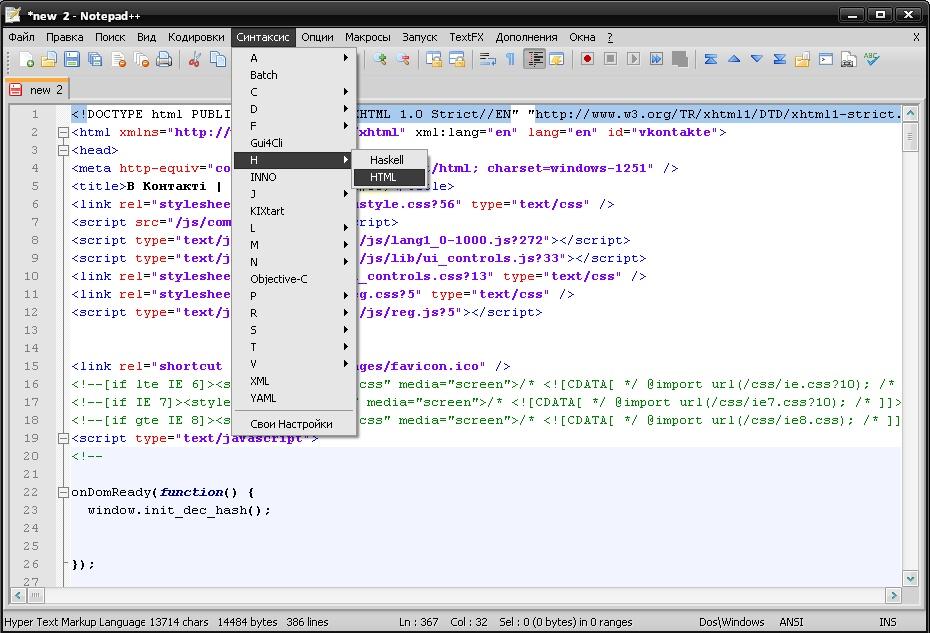


Patients were followed during the remission phase at home: saliva and blood were collected after 20–30 days from symptomatology regression and after testing negative on a SARS-CoV-2 molecular test. The study population consisted of hospitalized COVID-19 adult patients with a positive molecular test (SARS-CoV-2) and symptoms of COVID-19 (fever > 37.5 ☌, dry cough, and pharyngodynia ). Blood and salivary specimens were simultaneously collected at hospitalization between May and July 2020. Finally, no comparative NGF and BDNF data are available for both matrices.Īfter informed consent acquisition, 19 patients were enrolled in this monocentric prospective study among patients admitted to the COVID-19 Unit (IRCCS-FPG). Little is known about the changes in NGF and BDNF in adult COVID-19 patients, and no data are available when shifting from infection (acute) to non-infectious (chronic) SARS-CoV2 disease. Fiore and coworkers proposed that serum NGF and/or BDNF levels could be useful for predicting a worsened prognosis in SARS-CoV-2 for adolescent girls and male patients, respectively. Recently, Azoulay and co-workers observed a correlation between the increase in circulating BDNF and the improvement in COVID-19 symptoms. Liu and coworkers proposed NGF as a potential diagnostic/therapeutic target in SARS-CoV-2-induced pulmonary aggravations. The SARS-CoV-2/ACE-2R binding could impair the release of NGF and BDNF, reducing their availability for physiological functions. The neurological manifestations of COVID-19 might be the consequence of SARS-CoV-2 moving directly into the nervous system or an indirect effect of an alerted immune system (cytokine storm), impairment in the blood–brain and retinal barriers (BBB and BRB), coagulopathies, and/or complications of pre-existing illnesses (diabetes, obesity). To date, only a few studies have discussed the potential role of neurotrophins in COVID-19. The presence of symptoms even at follow-up highlights the importance of alternative biomarkers and possibly non-invasive laboratory tests. One of the hardest challenges in the fight against COVID-19 is the development of wide-scale, effective, and rapid laboratory tests to control disease severity, progression, and worsening. Recently, the Omicron variant has overtaken the Delta one in terms of circulation/transmission, prolonging the the COVID-19 pandemic saga and the observation of long-COVID-19 states, even in vaccinated subjects. Severe Acute Respiratory Syndrome Coronavirus 2 (SARS-CoV-2) triggers respiratory tract infection, presenting mild (cold) to severe symptoms, by binding the Angiotensin-Converting Enzyme 2 (ACE2) receptor (ACE-2R) at nasopharyngeal and ocular tissues, providing direct (cell infection) and indirect (cytokine storm) effects. To date (2022), coronavirus infection (COronaVIrus Disease 19 COVID-19) still remains a public health emergency continuing to affect the health of individuals and the Sanitary Services worldwide. Overall, the findings described herein highlight the importance of NGF and BDNF as dynamic biomarkers for monitoring disease and reinforces the possibility of using saliva and sera for quick, non-invasive COVID-19 screening. Salivary and circulating data would suggest the possibility of considering sera and saliva as useful matrices for quickly screening neurotrophins, in addition to SARS-CoV2 antigens and RNA. Increased NGF and BDNF levels were quantified in saliva and serum during the acute phase of SARS-CoV-2 infection (hospitalized patients), and reduced levels were observed in the next 6 months (remission phase), never matching the baseline values. NGF and BDNF were quantified by ELISA, and biochemical data were related to biostrumental measurements. Nineteen (19) patients were enrolled in this monocentric prospective study and subjected to anamnesis and biosamples collection (saliva and blood) at hospitalization (acute phase) and 6 months later (remission phase). Recent interest has been devoted to some neuronal manifestations and to increased levels of Nerve Growth Factor (NGF) and Brain-derived Neurotrophic Factor (BDNF) in the bloodstream during SARS-CoV-2 infection, neurotrophins that are well-known for their multifactorial actions on neuro-immune-endocrine and visual functions. COVID-19 continues to afflict the global population, causing several pathological diseases and exacerbating co-morbidities due to SARS-CoV-2’s high mutation.


 0 kommentar(er)
0 kommentar(er)
